To maximize your solar air heating payback, start with ideal panel placement facing south and tilted at your latitude angle. Confirm unobstructed sunlight exposure and use high-efficiency collectors with proper insulation. Integrate smart control systems and synchronize with existing HVAC for better performance. Minimize heat loss through thorough insulation and regular maintenance. Size your system appropriately based on your home's needs and climate. Take advantage of government incentives to reduce initial costs. By implementing these strategies, you'll greatly shorten your payback period and enjoy greater energy savings. Discover even more ways to boost your system's efficiency and accelerate your return on investment.
Choose Optimal Panel Placement

When it comes to solar air heating, picking the right spot for your panels can make or break their efficiency. To maximize your system's performance, aim for a south-facing orientation in the Northern Hemisphere. This guarantees your panels receive the most sunlight throughout the day, especially during winter when heating is essential.
Consider the angle of your panels carefully. The ideal tilt typically matches your latitude, but you may want to adjust it slightly higher for winter optimization.
Avoid any obstructions that could cast shadows on your panels, such as trees, buildings, or roof features. Even partial shading can greatly reduce your system's output.
Don't forget about accessibility for maintenance and cleaning. Place your panels where you can easily reach them to remove dust, leaves, or snow. If you're mounting on a roof, verify it's structurally sound and can support the additional weight.
Lastly, consider wind exposure. While some airflow can help cool the panels and improve efficiency, excessive wind might increase heat loss. If you live in a windy area, consider using wind barriers or strategic placement to protect your panels without compromising their sun exposure.
Maximize Sunlight Exposure
To maximize sunlight exposure for your solar air heating system, you'll need to carefully consider panel placement and remove any shading obstacles.
Position your panels at the ideal angle and orientation to capture the most sunlight throughout the day.
Trim nearby trees or vegetation and ascertain no structures cast shadows on your panels during peak sunlight hours.
Optimize Panel Placement
For ideal solar air heating, panel placement is essential. You'll want to position your panels where they'll receive the most direct sunlight throughout the day. In the Northern Hemisphere, this typically means facing them south. Aim for a tilt angle that's equal to your latitude plus 15 degrees for best winter performance when heating is most needed.
Consider your roof's orientation and pitch when installing panels. If your roof isn't ideally angled, you can use mounting brackets to adjust the tilt. Don't forget to account for potential shading from nearby trees, buildings, or other obstructions. Even partial shading can greatly reduce efficiency.
For wall-mounted systems, south-facing walls are best. If you're using a portable system, you've got more flexibility to adjust placement seasonally. In multi-story buildings, upper floors often benefit more from solar air heating due to reduced ground-level obstructions.
Remember to keep panels easily accessible for maintenance and cleaning. Regular dust removal and inspections will help maintain best performance.
Remove Shading Obstacles
Maximizing sunlight exposure goes hand-in-hand with ideal panel placement. To guarantee your solar air heating system performs at its best, you'll need to remove any obstacles that cast shadows on your panels.
Start by surveying the area around your solar collectors, identifying potential sources of shade throughout the day and across seasons.
Trees are often the primary culprits. While they provide valuable shade for your home, they can greatly reduce your solar system's efficiency. Consider trimming or removing trees that block sunlight from reaching your panels.
Don't forget about deciduous trees – they may allow sunlight in winter but obstruct it during summer months when leaves return.
Nearby buildings, chimneys, and even satellite dishes can also create unwanted shade. If possible, relocate smaller obstacles or adjust your panel placement to avoid their shadows.
For immovable structures, you might need to reconsider your panel location or explore alternative mounting options, such as elevating the panels or using ground-mounted systems.
Remember to account for future growth and changes in your surroundings. New construction or growing vegetation could impact your system's performance over time.
Regular maintenance and periodic reassessment of your panels' exposure will help guarantee peak efficiency for years to come.
Insulate Surrounding Areas Properly

Beyond the solar air heating system itself, proper insulation of surrounding areas plays a crucial role in maximizing efficiency. You'll want to focus on insulating the walls, roof, and floor adjacent to your solar air heating system to minimize heat loss and improve overall performance.
By creating a well-insulated envelope around your system, you'll guarantee that the heated air remains where it's needed most.
When insulating surrounding areas, consider these key points:
- Use high-quality insulation materials with a suitable R-value for your climate zone
- Pay special attention to sealing air leaks and gaps around windows, doors, and other openings
- Install a vapor barrier to prevent moisture buildup and maintain insulation effectiveness
- Don't forget to insulate ductwork, especially in unconditioned spaces
Properly insulating the areas around your solar air heating system won't just improve its efficiency; it'll also enhance your home's overall energy performance.
You'll notice reduced heating costs and a more comfortable living environment year-round. Remember, the better insulated your home is, the more you'll benefit from your solar air heating investment.
Use High-Efficiency Collectors
To maximize your solar air heating system's efficiency, opt for collectors with selective absorber coatings that capture more solar energy.
You'll want to position these collectors to receive ideal sun exposure throughout the day, considering factors like angle and orientation.
Don't forget to apply proper insulation techniques to your collectors, minimizing heat loss and ensuring the captured warmth is effectively transferred to your living spaces.
Selective Absorber Coatings
When it comes to improving the efficiency of your solar air heating system, selective absorber coatings play an essential role. These specialized coatings are designed to maximize solar energy absorption while minimizing heat loss through radiation. By applying a selective absorber coating to your solar collector's surface, you'll greatly boost its performance and accelerate your return on investment.
Selective absorber coatings work by:
- Absorbing a high percentage of incoming solar radiation across the visible and near-infrared spectrum
- Reducing thermal emittance in the far-infrared range, which helps retain heat
- Withstanding high temperatures and resisting degradation over time
- Improving the overall thermal efficiency of your solar air heating system
You'll find various types of selective absorber coatings on the market, including black chrome, black nickel, and titanium nitride-oxide. Each has its own set of advantages, so it's worth researching which option best suits your specific needs and budget.
When choosing a coating, consider factors such as durability, cost, and environmental impact. Remember, investing in a high-quality selective absorber coating can greatly reduce your system's payback period and increase its long-term performance.
Maximize Sun Exposure
Maximizing sun exposure through the use of high-efficiency collectors is crucial for enhancing your solar air heating system's performance. To achieve this, you'll need to carefully consider the placement and orientation of your collectors. Aim to position them where they'll receive the most direct sunlight throughout the day, typically facing south in the Northern Hemisphere.
Make sure your collectors aren't shaded by nearby structures, trees, or other obstacles. If possible, install them on your roof or an elevated platform to minimize potential shading issues. Tilt your collectors at an angle equal to your latitude for year-round performance, or adjust them seasonally for ideal exposure.
High-efficiency collectors often feature advanced materials and designs that maximize heat absorption and minimize losses. Look for collectors with selective absorber coatings, low-iron glass covers, and effective insulation. Some models incorporate vacuum-sealed tubes or parabolic reflectors to concentrate sunlight and enhance efficiency.
Don't forget to keep your collectors clean and well-maintained. Regularly remove dust, debris, and any snow accumulation to guarantee maximum sun exposure.
Proper Insulation Techniques
Thermal efficiency is the cornerstone of a successful solar air heating system, and proper insulation plays an essential role in achieving it. To maximize the performance of your solar collectors, you'll need to focus on high-efficiency designs and materials that minimize heat loss.
Look for collectors with double-glazed covers and well-insulated backs to trap heat effectively.
When installing your solar air heating system, pay close attention to these insulation techniques:
- Use high-R-value insulation materials around the collector perimeter to prevent heat from escaping.
- Apply weatherstripping to seal any gaps between the collector and mounting surface.
- Insulate ductwork thoroughly, especially in unconditioned spaces like attics or crawl spaces.
- Install dampers to prevent reverse thermosiphoning when the system isn't operating.
Don't overlook the importance of proper insulation in your home's overall energy efficiency. A well-insulated building envelope will help retain the heat generated by your solar air heating system, reducing the load on your primary heating source.
This synergy between your solar collectors and your home's insulation will lead to faster payback periods and greater long-term energy savings.
Implement Smart Control Systems

Smart control systems are the brains behind efficient solar air heating. They enhance your system's performance by continuously monitoring and adjusting various parameters.
You'll want to invest in a programmable thermostat that can integrate with your solar air heating setup. This allows you to set different temperatures for various times of the day, ensuring comfort while maximizing energy savings.
Consider implementing zoning controls, which divide your home into separate areas with individual temperature settings. This way, you're not wasting energy heating unoccupied rooms.
Smart sensors can detect occupancy and adjust heating accordingly. Don't forget about outdoor temperature sensors. They'll help your system determine when to switch between solar and backup heating modes.
You can also add humidity sensors to maintain ideal indoor air quality. Many modern control systems offer smartphone integration, allowing you to monitor and adjust your heating from anywhere.
This feature's particularly useful for vacation homes or when you're away for extended periods.
Integrate With Existing HVAC
When integrating solar air heating with your existing HVAC system, focus on synchronizing it with your heat pump for ideal performance.
You'll want to guarantee your heat pump can effectively distribute the solar-heated air throughout your home.
Additionally, enhance your ductwork to minimize heat loss and maximize the efficiency of your combined solar and traditional heating systems.
Synchronize With Heat Pump
How can you maximize the efficiency of your solar air heating system? Synchronizing it with a heat pump is an excellent way to boost performance and reduce energy costs.
By combining these two technologies, you'll create a highly efficient hybrid system that can provide year-round comfort and savings.
To effectively synchronize your solar air heating system with a heat pump:
- Install a smart thermostat that can automatically switch between the two systems based on outdoor temperature and solar availability.
- Use a dual-source heat pump that can draw heat from both the air and your solar collectors, increasing overall efficiency.
- Implement a buffer tank to store excess heat from your solar system, which the heat pump can then use during periods of low solar gain.
- Guarantee proper sizing of both systems to avoid overreliance on one technology and maximize energy savings.
Optimize Ductwork for Efficiency
To maximize the efficiency of your solar air heating system, enhancing your ductwork and integrating it with your existing HVAC system is essential.
Start by inspecting your current ductwork for leaks, gaps, or poor insulation. Seal any leaks with mastic or metal-backed tape, and add insulation to exposed ducts in unconditioned spaces. This will minimize heat loss and improve overall system performance.
Next, consider the layout of your ductwork. Confirm that the solar-heated air has a direct and unobstructed path to your living spaces. Minimize bends and long runs, as these can reduce airflow and efficiency. If possible, install a dedicated duct for your solar air heating system to avoid competing with your existing HVAC system.
When integrating with your existing HVAC, install dampers to control airflow between the solar and conventional systems. This allows you to switch between heat sources as needed.
Consider adding a smart thermostat that can automatically manage both systems for peak efficiency. Don't forget to balance your system after making changes to confirm even heat distribution throughout your home.
Minimize Heat Loss
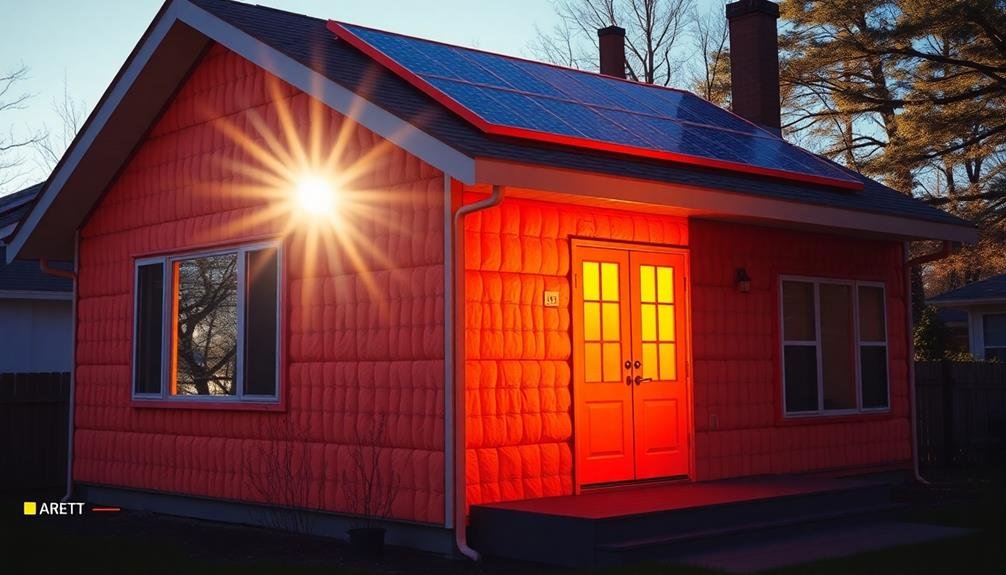
Minimizing heat loss is essential for maximizing the efficiency of your solar air heating system. You'll want to focus on insulating and sealing your home to prevent warm air from escaping and cold air from infiltrating.
Start by conducting a thorough energy audit to identify areas of heat loss, such as windows, doors, and poorly insulated walls or attics.
Once you've identified problem areas, take action to address them:
- Upgrade your insulation in walls, attics, and floors to meet or exceed recommended R-values for your climate zone.
- Install weather stripping and door sweeps on all exterior doors to create a tight seal.
- Apply caulk around windows, electrical outlets, and other potential air leakage points.
- Consider installing double or triple-pane windows with low-E coatings for improved thermal performance.
Don't forget about your ductwork, as leaky ducts can greatly reduce system efficiency.
Seal any gaps or cracks in ductwork using mastic sealant or metal-backed tape. You should also insulate ducts running through unconditioned spaces like attics or crawl spaces to prevent heat loss during air distribution.
Regular Maintenance and Cleaning
Regular maintenance and cleaning are essential for keeping your solar air heating system running efficiently. You'll want to schedule annual inspections by a professional to check for any issues with the collector, fans, or ductwork. Between these visits, there's plenty you can do to maintain your system's performance.
Clean the collector's surface regularly to remove dust, pollen, and debris. Use a soft brush or cloth with mild soap and water. Don't forget to clean the glazing, as a dirty surface can considerably reduce solar absorption. Check and clean air filters monthly during the heating season to guarantee proper airflow.
Here's a quick maintenance checklist:
| Task | Frequency | DIY or Professional |
|---|---|---|
| Clean collector surface | Every 3-6 months | DIY |
| Check/clean air filters | Monthly | DIY |
| Inspect ductwork | Annually | Professional |
Keep an eye on your system's performance. If you notice a drop in efficiency, it might be time for a more thorough cleaning or repair. By staying on top of maintenance, you'll extend your system's lifespan and maximize your energy savings.
Utilize Government Incentives

Government incentive programs can greatly offset the cost of installing a solar air heating system. You'll want to research and take advantage of these programs to accelerate your payback period. Start by checking federal, state, and local incentives available in your area. These can include tax credits, rebates, grants, and low-interest loans specifically designed for renewable energy projects.
To maximize your benefits:
- Contact your local energy office or utility company to inquire about specific solar air heating incentives.
- Visit the Database of State Incentives for Renewables & Efficiency (DSIRE) website for extensive information on available programs.
- Consider timing your installation to coincide with the most advantageous incentive periods.
- Consult with a tax professional to verify you're claiming all eligible credits and deductions.
Remember that incentive programs often have specific requirements and deadlines. You'll need to carefully review the terms and conditions of each program to ensure your system qualifies.
Some incentives may require professional installation or specific equipment certifications. By diligently researching and applying for these programs, you can greatly reduce your upfront costs and shorten your payback period, making solar air heating an even more attractive investment for your home or business.
Size System Appropriately
While incentives can make solar air heating more affordable, proper system sizing is key to maximizing your investment. You'll want to guarantee your system is neither too small nor too large for your needs. A undersized system won't provide enough heat, while an oversized one will be unnecessarily expensive and may lead to inefficient operation.
To size your system correctly, consider factors like your building's square footage, insulation levels, and local climate. You'll also need to account for your heating requirements and budget constraints. It's best to work with a professional solar installer who can perform a detailed analysis and recommend the ideal system size.
Here's a quick guide to help you understand system sizing:
| Building Size | Typical System Size | Estimated Annual Savings |
|---|---|---|
| Small (<1,000 sq ft) | 1-2 collectors | $200-$400 |
| Medium (1,000-2,500 sq ft) | 2-4 collectors | $400-$800 |
| Large (>2,500 sq ft) | 4+ collectors | $800+ |
Frequently Asked Questions
What's the Average Lifespan of a Solar Air Heating System?
You can expect your solar air heating system to last around 20-30 years with proper maintenance. It's a durable investment that'll serve you well for decades, providing efficient heating and reducing your energy costs over time.
Can Solar Air Heating Be Used for Cooling in Summer?
While solar air heating systems primarily provide warmth, you can't use them directly for cooling. However, you might integrate them with other cooling technologies or use them to power air conditioning units, enhancing your overall energy efficiency.
How Noisy Are Solar Air Heating Systems During Operation?
You'll find solar air heating systems are generally quiet during operation. They don't have many moving parts, so noise is minimal. You might hear a slight hum from the fan, but it's usually not disruptive.
Are There Any Health Risks Associated With Solar Air Heating?
You'll be pleased to know that solar air heating systems don't pose significant health risks. They're clean, emission-free, and don't produce harmful byproducts. However, guarantee proper installation and maintenance to avoid potential mold growth in damp conditions.
Can Solar Air Heating Be Installed in Rental Properties?
Yes, you can install solar air heating in rental properties. However, you'll need your landlord's permission. It's a smart investment that can reduce energy costs, but consider portable options if you're not allowed permanent installations.
In Summary
You've now got the tools to maximize your solar air heating system's efficiency and speed up your return on investment. By optimizing placement, exposure, insulation, and equipment, you'll see faster results. Don't forget to maintain your system and take advantage of available incentives. With these tips, you're well on your way to enjoying lower energy bills and a more sustainable home. Keep exploring new technologies and stay informed to get the most out of your solar investment.
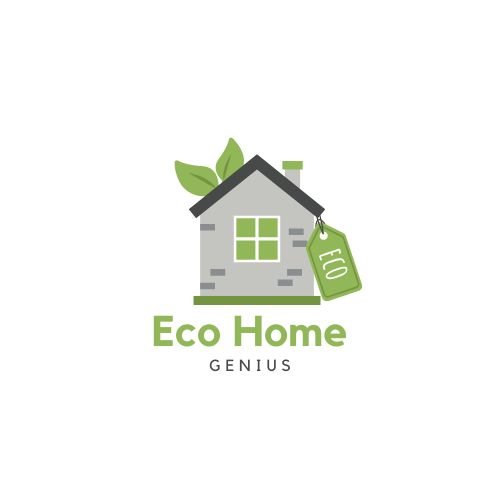
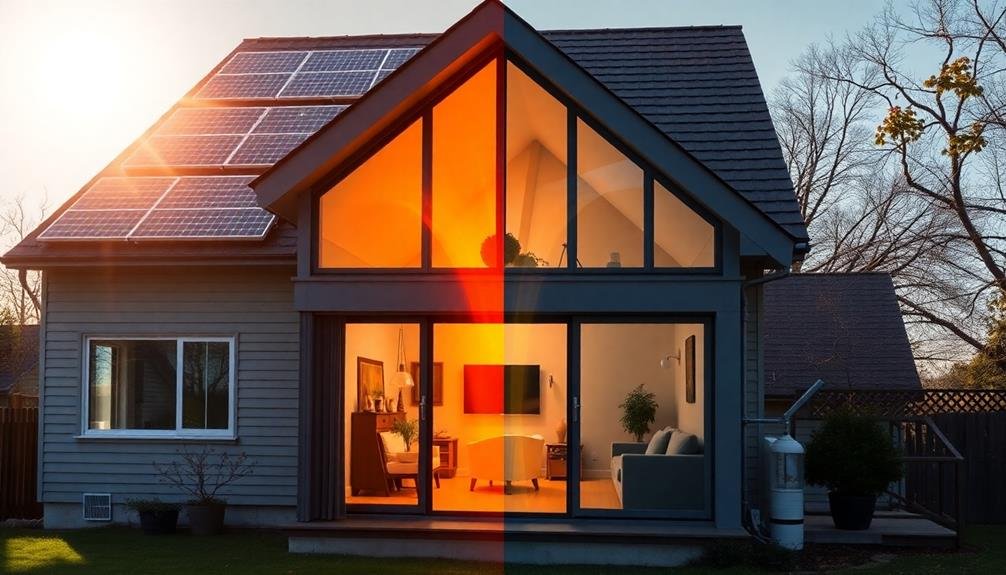
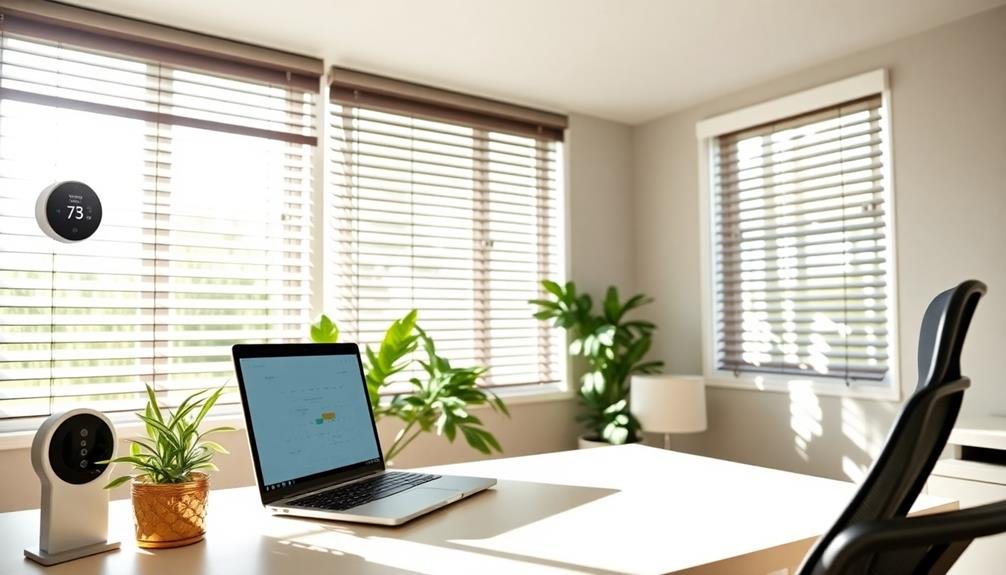
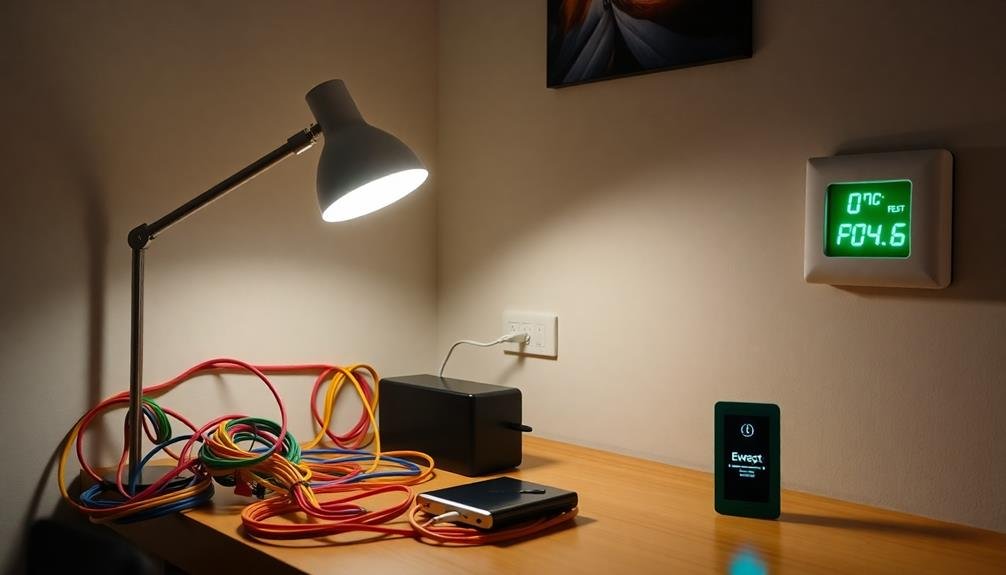
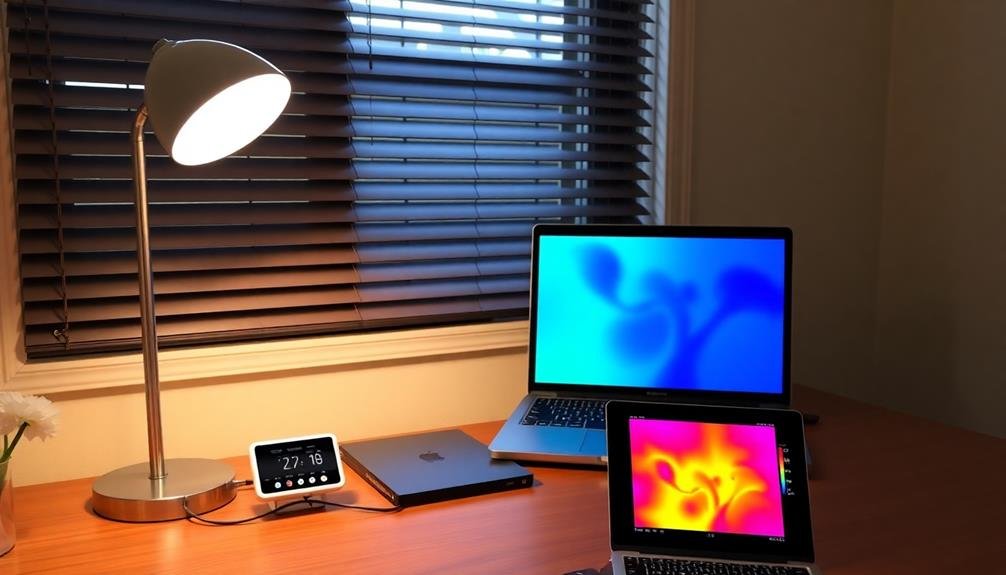
Leave a Reply